
When it comes to iconic landmarks in Barcelona, the Plaza de España, or Plaça d'Espanya, stands out as a must-visit destination. With its rich history and stunning architecture, this square offers visitors a glimpse into the vibrant culture of Catalonia. From its impressive structures to the lively atmosphere, there’s much to explore and experience. Let’s delve deeper into what makes the Plaza de España a significant attraction in Barcelona.
Constructed for the International Exposition of 1929, the Plaza de España is one of the largest and most important squares in the city. Nestled at the base of the Montjuïc Mountain, it spans an impressive 34,000 square meters, making it a central hub for both locals and tourists. The square serves as a gateway to some of Barcelona's major attractions, and its design reflects a blend of architectural styles, showcasing the artistic prowess of the era.
What to See in the Plaza de España
The Plaza de España is not just a vast open space; it is filled with interesting sights that capture the attention of its visitors. Here are some highlights:
- Las Arenas Shopping Center: This former bullring has been transformed into a vibrant shopping complex. From the rooftop terrace, guests can enjoy panoramic views of the square and the surrounding area.
- Campaniles: The square is flanked by two impressive towers that are reminiscent of the bell tower of San Marcos in Venice. These campaniles add a majestic feel to the square.
- The Monumental Fountain: At the heart of the plaza is a grand fountain, a classic design that serves as a poetic tribute to the spirit of Spain. The fountain is not only an aesthetic feature but also a popular gathering spot.
- The Magic Fountain of Montjuïc: Located between the Plaza de España and the National Art Museum of Catalonia, this fountain is famous for its spectacular light and water shows, enchanting visitors with vibrant displays.
These attractions make the Plaza de España a vibrant and dynamic spot where visitors can appreciate both art and history. Whether you're enjoying a leisurely stroll or taking photographs, the ambiance of the square is truly captivating.
How to Get to the Plaza de España
Accessibility is key to enjoying Barcelona, and the Plaza de España is well connected by various modes of transport:
- Metro: The easiest way to reach the plaza is via the Espanya station, which is served by lines 1 (red) and 3 (green).
- Bus: Several bus lines stop near the plaza, making it convenient for those traveling across the city.
- Tram: The tram network also has stops close to the square, offering another option for visitors to access this iconic site.
With these transport options, getting to the Plaza de España is hassle-free, allowing visitors to focus on exploring its many wonders.
Nearby Attractions Worth Visiting
The Plaza de España serves as a perfect starting point for exploring other notable attractions in Barcelona. Here are a few recommendations:
- National Art Museum of Catalonia (MNAC): Located on the Montjuïc hill, this museum houses an extensive collection of Catalan art, from the Romanesque to modern times.
- Montjuïc Castle: A short walk up the hill will take you to this historic fortress, where you can enjoy stunning views of the city.
- Poble Espanyol: An open-air architectural museum that showcases the diverse styles of Spanish architecture, providing a cultural experience.
Each of these nearby attractions complements the experience at the Plaza de España, allowing visitors to immerse themselves further in the rich culture and history of Barcelona.
Why Is It Called Plaza de España?
The name "Plaza de España" reflects its significance as a tribute to Spain's cultural heritage. It was designed to represent the various regions of Spain and their contributions to the country’s history. The square itself features elements that symbolize the diversity and unity found within Spanish culture, making it a fitting name for such an important landmark.
Exploring Other Plaza de España Locations
Interestingly, there are several other places named Plaza de España around the world, each with its own unique charm. Here are a few notable examples:
- Plaza de España, Madrid: A significant square in the capital city that features the stunning monument to Miguel de Cervantes and offers a bustling atmosphere.
- Plaza de España, Rome: Known for its beautiful Spanish Steps, this location is a popular tourist destination that attracts visitors from around the globe.
- Plaza de España, Valencia: This square features beautiful architecture and is an important meeting point in the city.
These plazas, while sharing the same name, showcase the unique cultural and historical aspects of their respective cities, making them interesting places to compare and contrast.
For those interested in a deeper exploration of the Plaza de España, the video titled "La Plaza España, entre Historia y Modernidad" offers a captivating overview of its history and significance. You can view it below:
Additional Resources for Visitors
To enhance your visit to the Plaza de España, consider the following tips:
- Timing Your Visit: The plaza is particularly beautiful at sunset when the light casts a warm glow on the buildings.
- Photography Tips: Bring your camera or smartphone to capture the stunning architecture and vibrant atmosphere. Early mornings or late afternoons provide the best lighting.
- Local Cuisine: Explore nearby eateries to enjoy traditional Catalan dishes and tapas.
By planning your visit and taking advantage of these tips, you can fully immerse yourself in the beauty and culture of the Plaza de España and its surroundings.
 Beaches in Barcelona
Beaches in Barcelona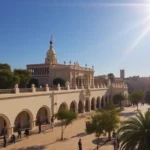 Things to do in Barcelona
Things to do in Barcelona Nightlife in Barcelona: Best Places to Party
Nightlife in Barcelona: Best Places to Party Gothic Quarter of Barcelona Guide
Gothic Quarter of Barcelona GuideIf you want to know other articles similar to Plaza de España: A Must-Visit Landmark in Madrid you can visit the category WHERE YOU CAN GO.
Deja una respuesta



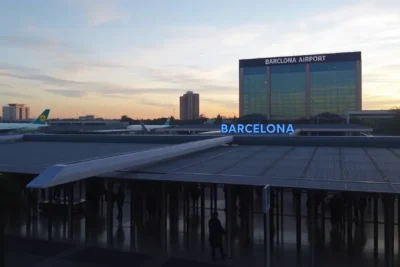
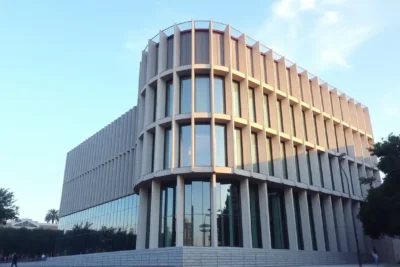
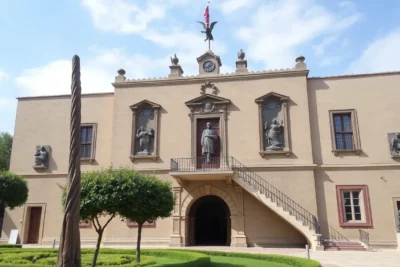
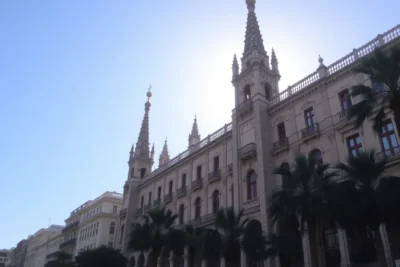

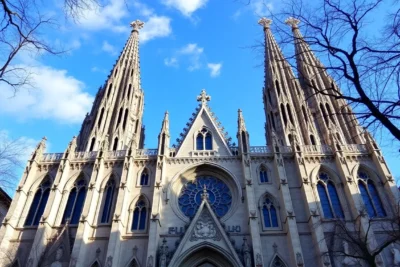
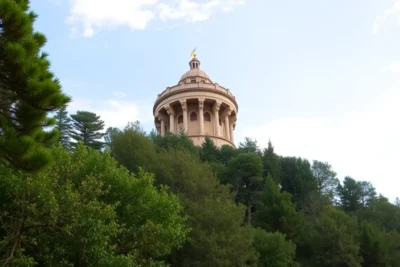
Read more!